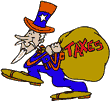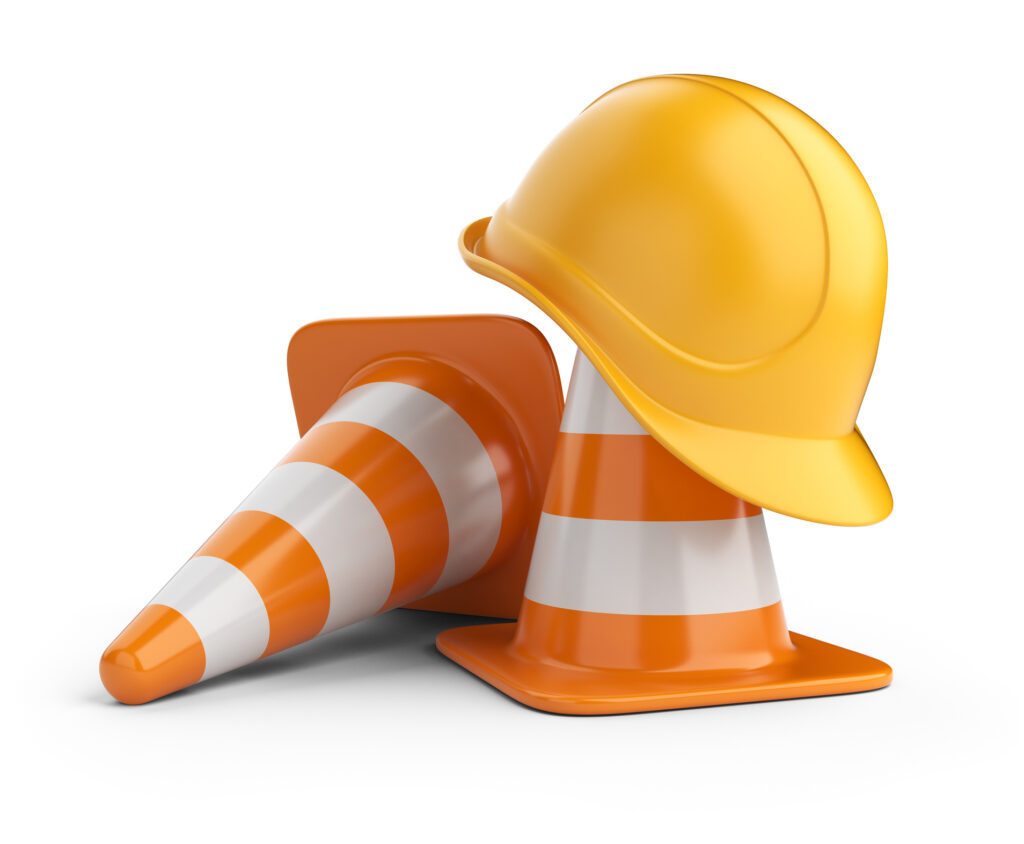
Grades 9-12

Don't have an account yet? Sign up for free
Don't have an account yet? Sign up for free

With very few exceptions, the U.S. federal government does not have an “income” to spend providing goods and services. The money used for federal spending programs must be collected as federal taxes, or it must be borrowed. This lesson provides information about the costs of government programs. This information is necessary if you are to make responsible decisions in your role as citizen.
 With very few exceptions, the U.S. federal government does not have an “income” to spend providing goods and services. The money used for federal spending programs must be collected as federal taxes, or it must be borrowed. This lesson provides information about the costs of government programs. This information is necessary if you are to make responsible decisions in your role as citizen.
With very few exceptions, the U.S. federal government does not have an “income” to spend providing goods and services. The money used for federal spending programs must be collected as federal taxes, or it must be borrowed. This lesson provides information about the costs of government programs. This information is necessary if you are to make responsible decisions in your role as citizen.
Taxes shift resources from the private sector to the public sector.The purpose of the shift is to pay for the goods, services, and government operations that we, through our representatives, ask government to provide.
 For example, think of the post office that you sometimes visit. The federal government builds post offices, and to do this it must hire workers and buy tools and equipment. As a result, these workers, tools, and equipment are not used to construct private housing.
For example, think of the post office that you sometimes visit. The federal government builds post offices, and to do this it must hire workers and buy tools and equipment. As a result, these workers, tools, and equipment are not used to construct private housing.
In addition to the taxes collected at the federal level, taxes are also collected at the local and state level. Local and state taxes are also used to pay for goods, services, and government operations.
What are some goods or services provided by state or local government? (Hint: Think about your daily activities, –e.g., attending school, walking on sidewalks, playing in parks.)
Activity 1
A Taxing Situation
In this activity, we are going to look at one family’s experiences with taxes.
Family Data:
Compute the family members’ taxes based on the information provided in each of the following situations. You will need the use of a calculator. (You may want to use the one on your computer.)
Activity 2
In the Drag and Drop, students will match each statement with the proper term. Have them drag the appropriate statement to its correct term on the right of the activity.
As you can see from the above activity, we pay many taxes every day. Federal taxes can be grouped into certain categories. These categories can help us identify who pays for the things that we, through our representatives, ask government to provide. Read the directions below. Then tell who pays the tax for each category.
 Personal Income Taxes: taxes on the income earned by households and certain business (unincorporated). Most households pay between 15% and 35% of their income to the federal government in personal income taxes. People with higher incomes pay the higher rates. Who pays? [Individuals and families that earn income as defined by the government.]
Personal Income Taxes: taxes on the income earned by households and certain business (unincorporated). Most households pay between 15% and 35% of their income to the federal government in personal income taxes. People with higher incomes pay the higher rates. Who pays? [Individuals and families that earn income as defined by the government.]
Corporate income taxes: taxes on a business corporation’s profits. Define profit as the difference between revenues (price x quantity sold) and the costs of producing or selling a good or service. Profit is a return for risk-taking. Most corporations pay a tax rate of about 21%. Who pays? [Businesses that have gone through the legal process of incorporating.]
Payroll Taxes: these include all social security and Medicare taxes. Both the employer and the employee must pay a payroll tax of 7.65% on the first $55,000 of an employee’s annual earnings. Who pays? [Businesses and workers.]
Excise and other miscellaneous taxes: excise taxes are taxes you pay when you purchase a specific good, such as gasoline. Excise taxes are often included in the price of the product. The business collects the taxes and passes them on to the appropriate level of government. Who pays? [Consumers of the items taxed, such as gasoline, tobacco, alcohol, and some imported goods.]
Activity 3
A sales tax is usually a state and/or local tax you pay when you purchase goods or services. In this activity, we will look at how much sales tax you might pay on different purchases, depending on where you live.
Step 1: Visit the site https://www.bankrate.com/finance/taxes/check-taxes-in-your-state.aspx . Find the state sales tax rate for the state you live in and write that rate down. Next find the state sales tax rates for one other state (your choice) and write those rates down.
Step 2: Search the following web pages for the prices of the listed products. Write down the specifics of each item and its price.
A book from https://www.amazon.com/
A videogame from https://www.bestbuy.com/
A shirt from BlueFly.com
 Step 3: Using the sales tax rates from Step 1 and the item prices from Step 2, calculate each item’s price if it were being purchased in each state. Did you find much difference in total price including sales tax? What would the difference be if the item were an expensive one, like a computer? Do you think sales tax is important to consider when purchasing a good or service?
Step 3: Using the sales tax rates from Step 1 and the item prices from Step 2, calculate each item’s price if it were being purchased in each state. Did you find much difference in total price including sales tax? What would the difference be if the item were an expensive one, like a computer? Do you think sales tax is important to consider when purchasing a good or service?

Grades 9-12

Grades 9-12

Grades 9-12

Grades 9-12
